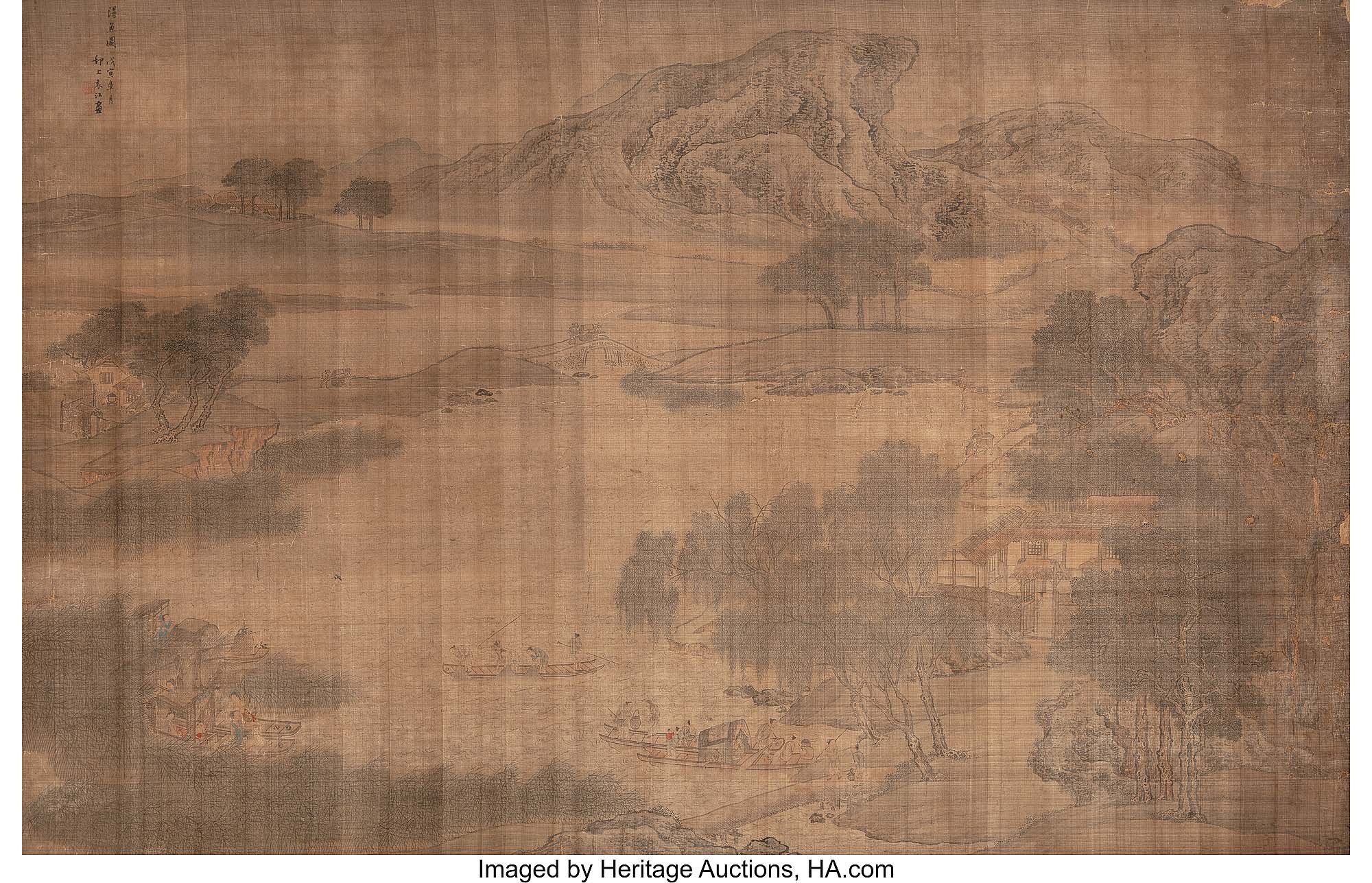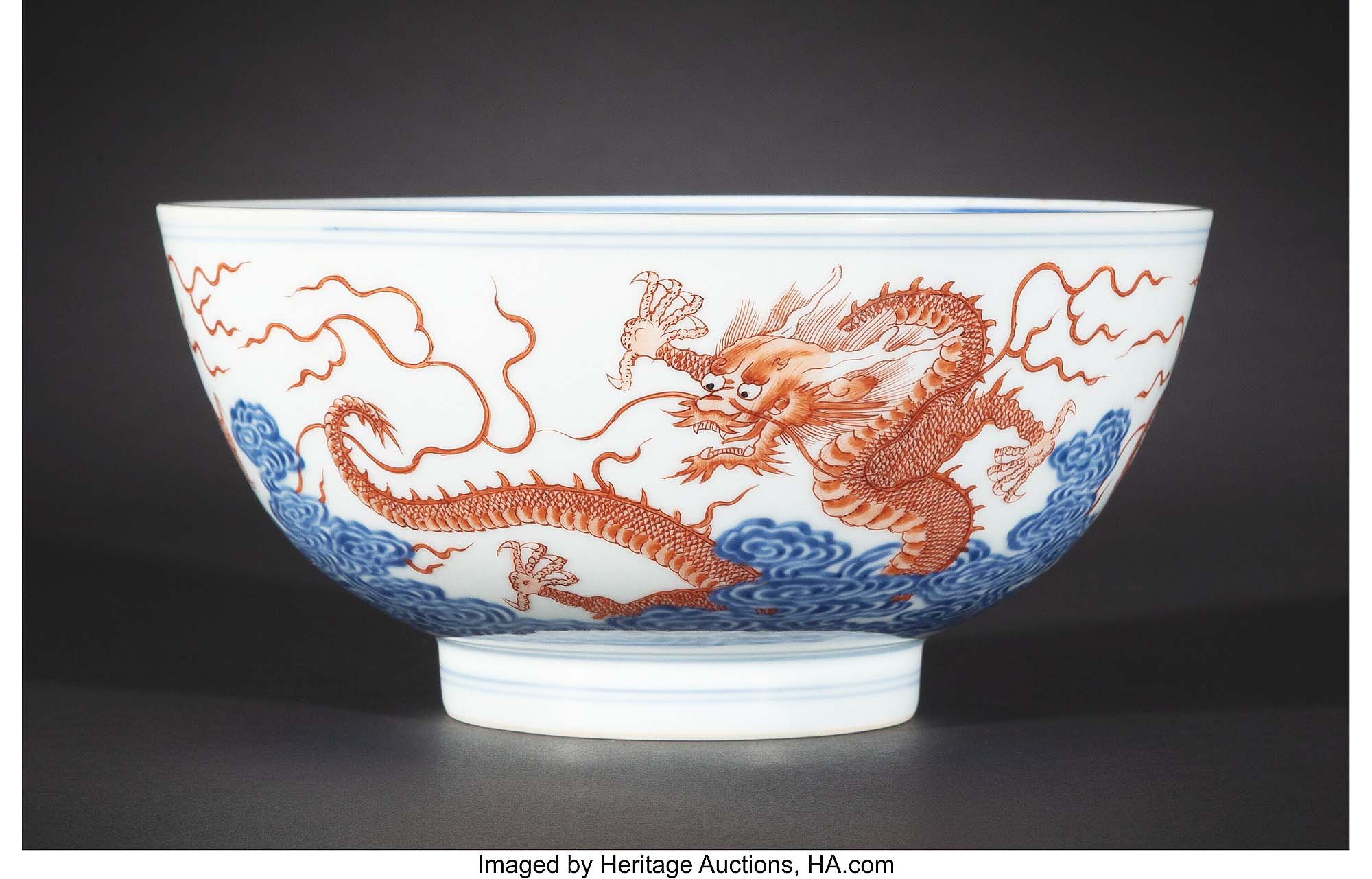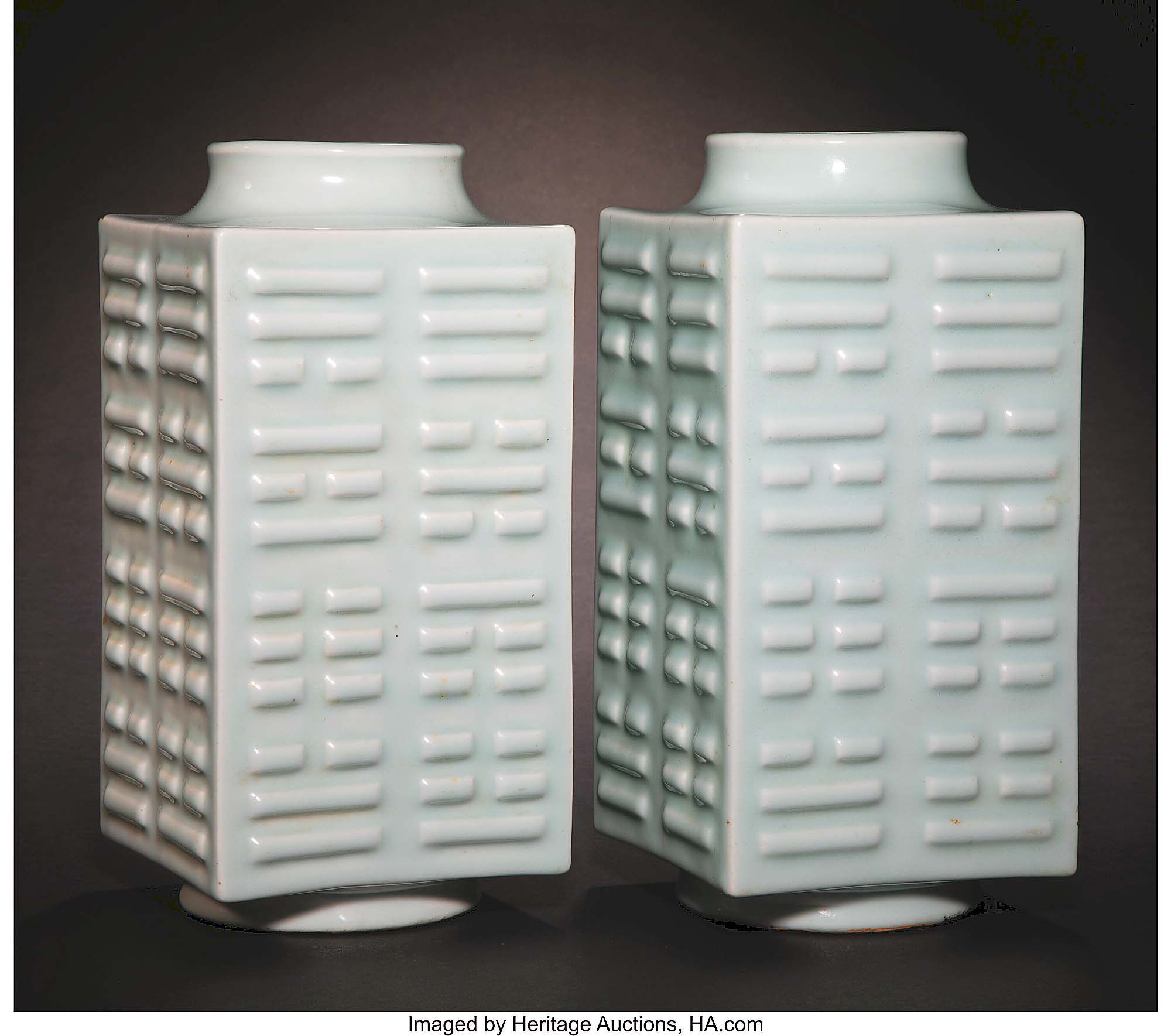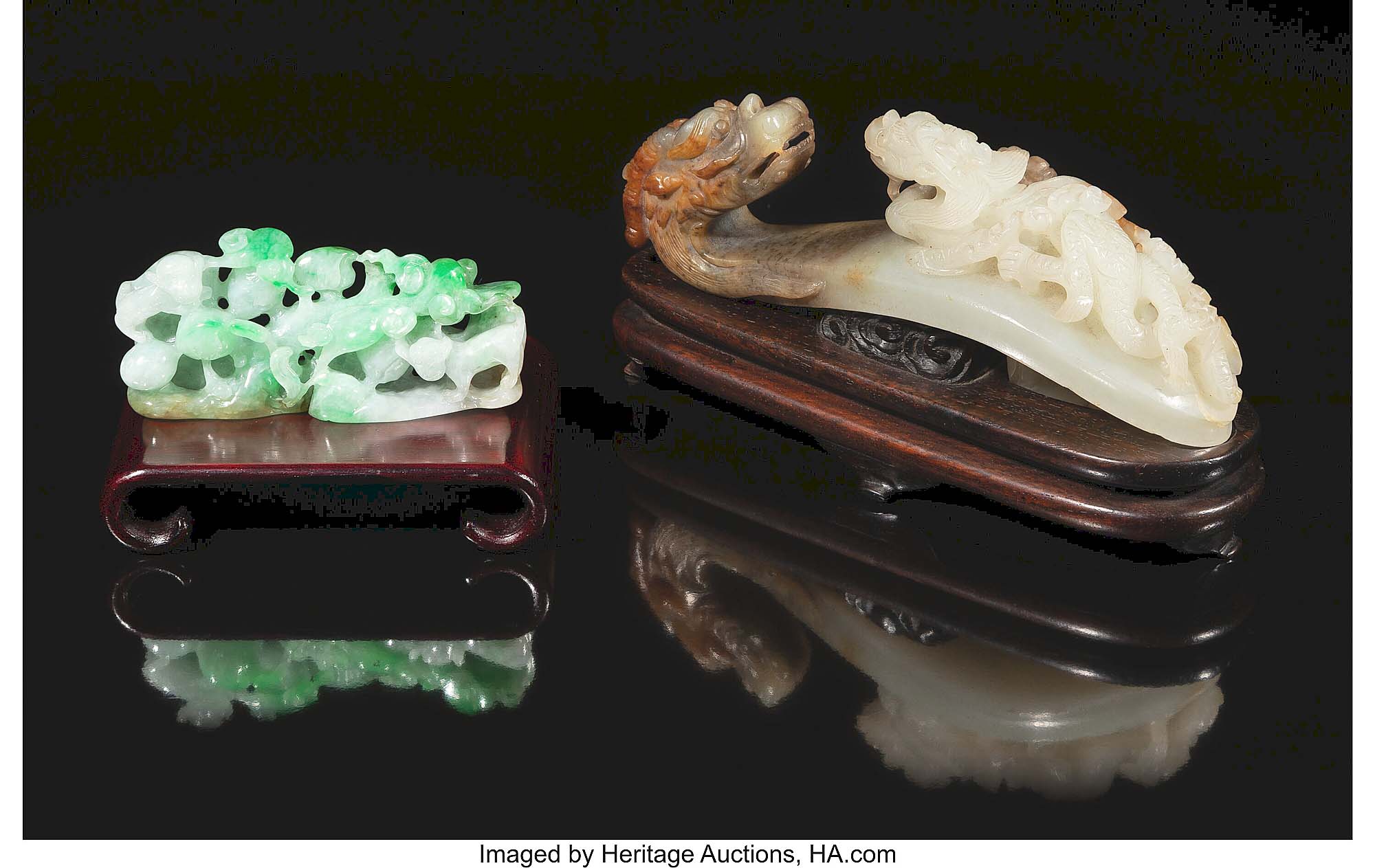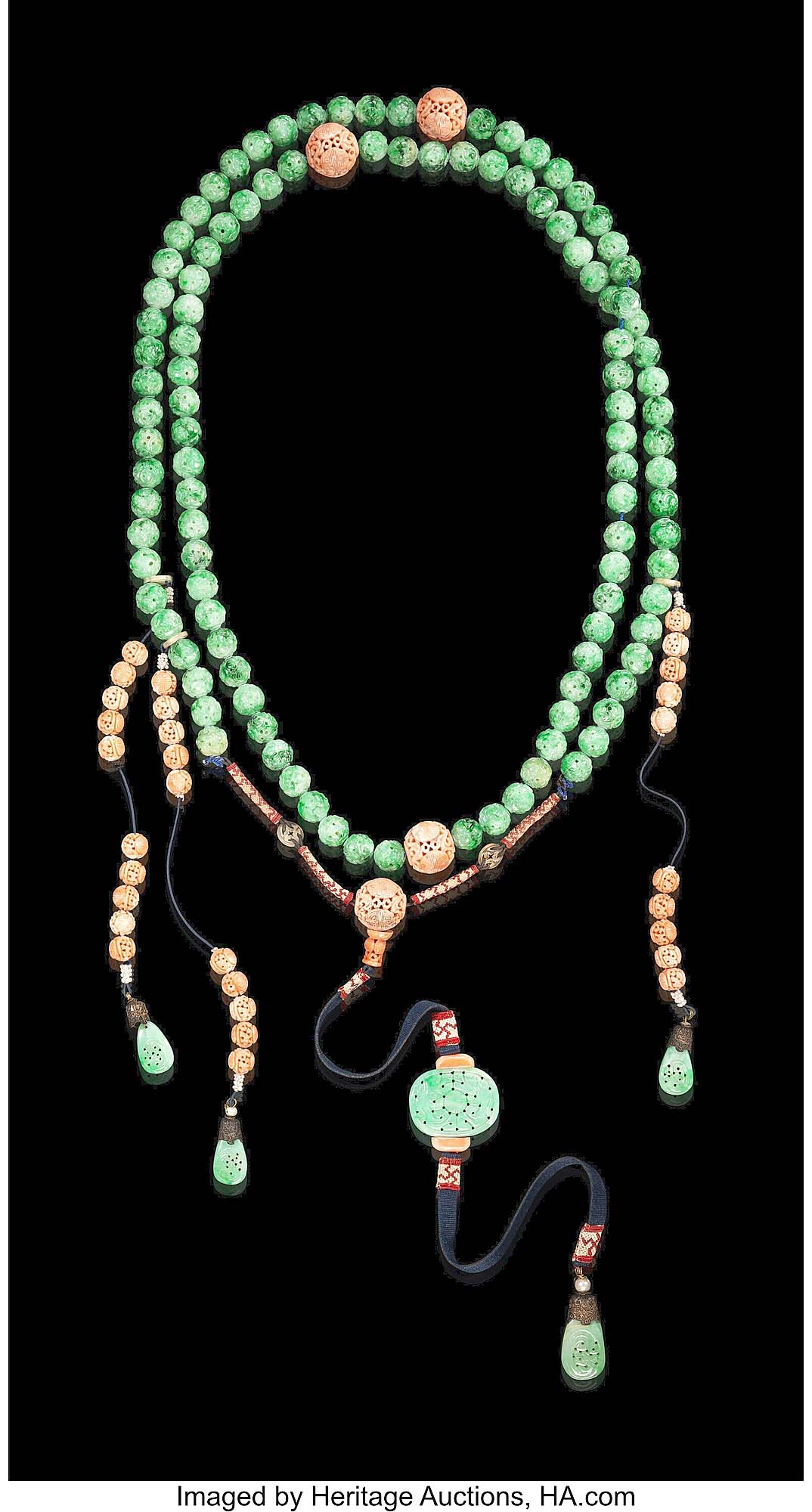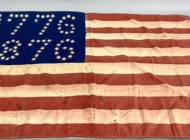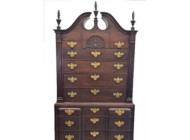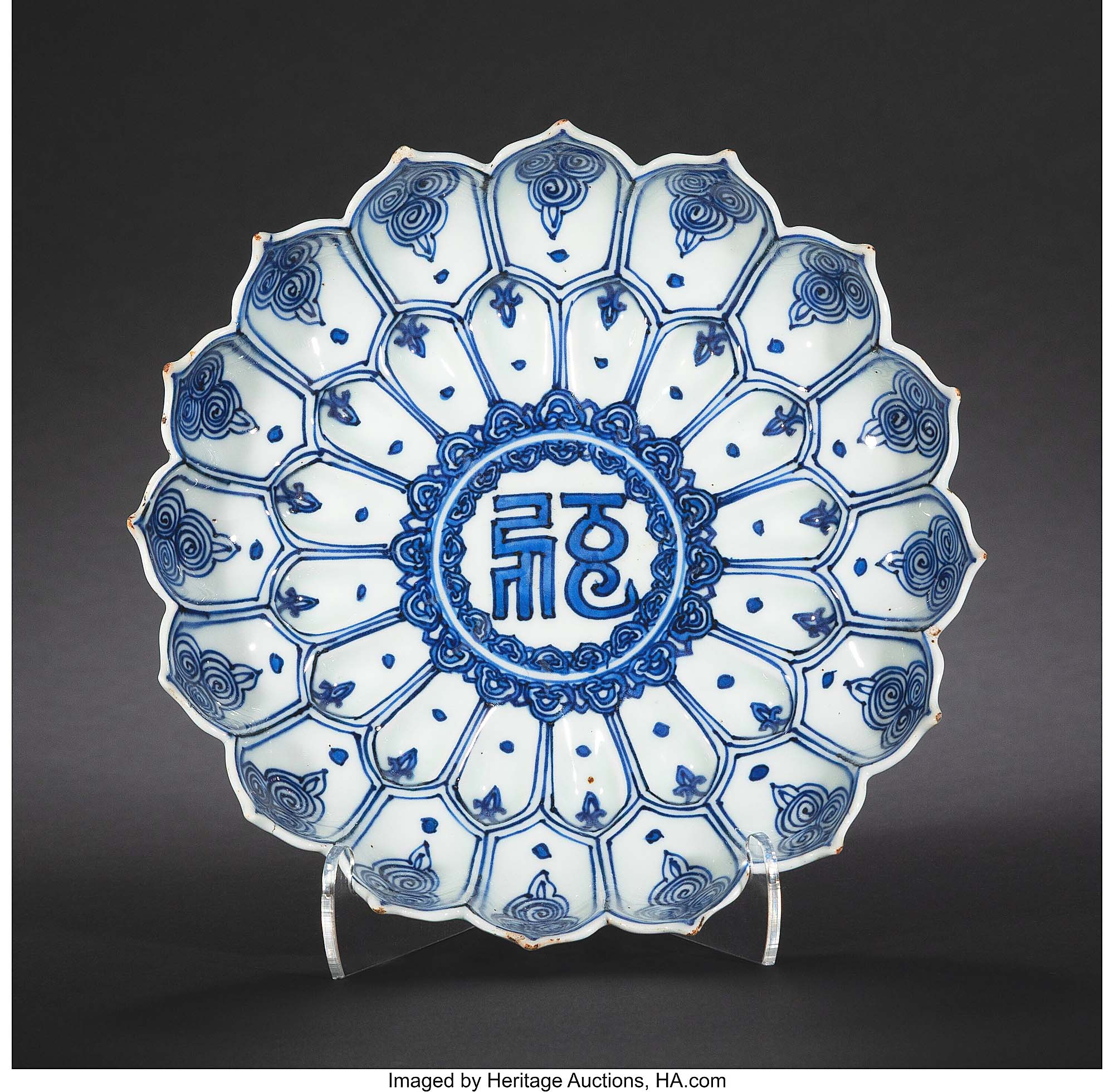
$93,750 was the sale-high price awarded to this Chinese blue and white Lotus dish, 7-5/8 inches in diameter, which was molded in the form of a lotus flower and contained a six-character Wanli period mark ($10/15,000).
Review by Kiersten Busch
DALLAS — A carefully curated auction of 181 lots of Ming and Qing dynasty porcelain, carvings, paintings and scrolls, furniture and Japanese works of art, among others, made up Heritage Auctions’ Fine & Decorative Asian Art Signature Auction on September 17. “We are delighted with the results of this sale,” shared Charlene Wang, consignment director of Asian art. “The total realized, $861,819, fell well within our projections and aligned closely with the high estimate of $620/958,000. The sale also achieved an impressive 95 percent sell-through by value and 82 percent by lot. This strong performance indicates that not only did the majority of works find buyers, but many exceeded expectations, with a significant portion selling above their estimates.”
In terms of the bidding pool, Wang explained, “We saw very strong international bidding, particularly from mainland China, alongside robust participation from US bidders, continuing the pattern established in past sales. Notably, there was a marked rise in bidding activity from other Asian markets as well. Another trend worth highlighting is the growing aggressiveness of US bidders when competing for high value lots, underscoring the strength and depth of the domestic market.”
The day was led by a Chinese blue-and-white Lotus dish from a private Texas collection that was secured by a phone bidder for $93,750. “This imperial ritual dish from the Ming dynasty came from a local Dallas estate, passed down through the family and brought to us by the current owner, who was unaware of its significance. Made for the emperor to place offerings at a Buddhist altar, the dish is inscribed with Sanskrit both in the interior and on the lotus petals of the exterior. Its preservation is extraordinary — possibly the finest condition example known among those that have appeared at auction,” said Wang.
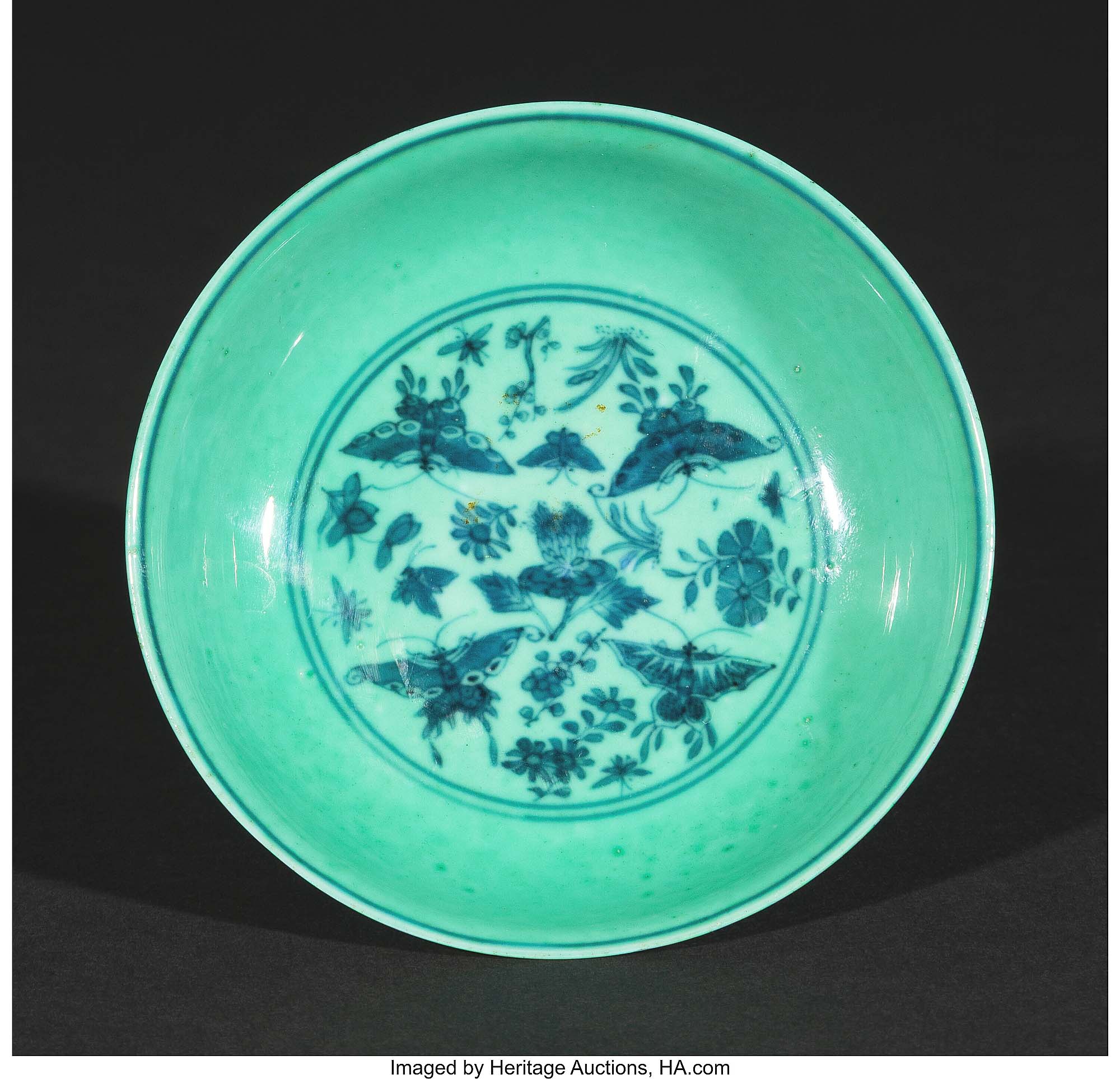
Cataloged as “rare” because of its green glaze, this Chinese blue-and-white saucer dish with a Kangxi period mark, 3½ inches in diameter, had butterflies and flowers as its design; it served up a $30,000 finish ($2/3,000).
A few additional Chinese dishes earned high prices, including a green-glazed blue-and-white saucer dish. “This small Kangxi-period saucer achieved a surprising result of $30,000,” explained Wang. “It represents an extremely rare porcelain type, glazed in green enamel with underglaze blue and white decoration of flowers and butterflies. In excellent condition and accompanied by clear provenance, as well as the original box and a name card with gift notes, this piece exemplified rarity, beauty and historical context.”
Following close behind was another blue and white Dragon dish, this one with a yellow ground and a Yongzheng mark, which had provenance to the estate of Robert Crowder and made $28,750. Wang shared, “This Yongzheng-period imperial dish was another sale highlight. Interestingly, the winning bidder was not primarily an Asian art collector but a major collector in other fields. This underscores an important trend: Asian works of art are being acquired by collectors who traditionally focus on different categories.”
Jade and jadeite carvings and jewelry populated the top selling lots, led by a lot of two carvings on wooden stands made in the Nineteenth Century or later. While the smaller carving was unidentified, the larger of the two, measuring 5-1/8 inches long, was identified as a dragon; they came from the collection of a Bay Area gentleman who had acquired the carvings through the 1970s and 80s and made $22,500. A Chinese carved jadeite and coral bead court necklace ($21,250) and a Chinese carved apple-green jadeite figural group from the same Bay Area gentleman ($20,000) also did well.
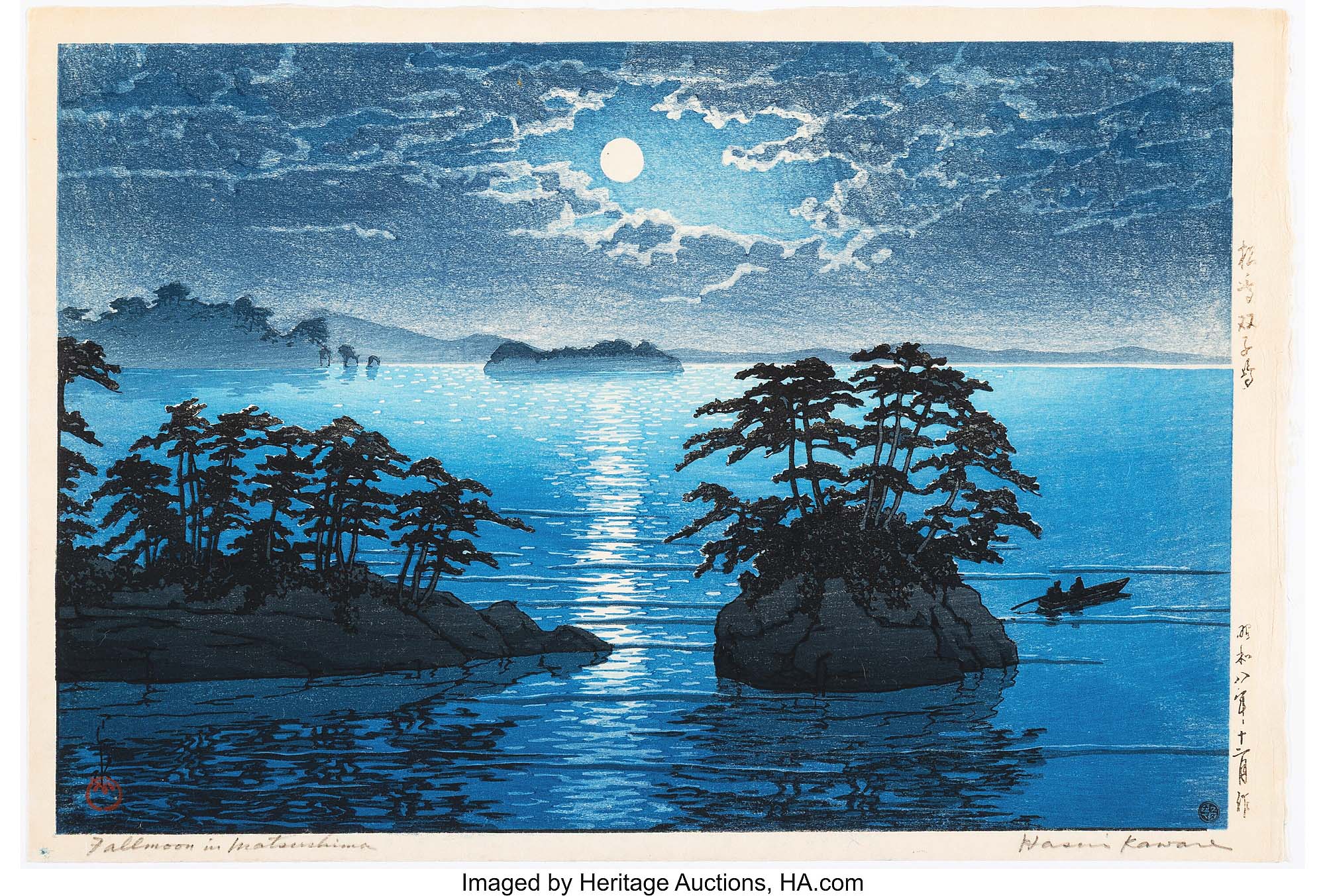
“Futago Islands, Matsushima” from the series “Collection of Scenic Views of Japan, Eastern Japan Edition” by Kawase Hasui (Japanese, 1883-1957), 1933, woodblock print, 10¼ by 15¼ inches (sheet) was bid to $10,937.
A few ink and color paintings were offered and all sold, led by a work on silk by Yuan Jing titled “Fishing Scene,” which reeled in $52,500. Made in 1689, the work was signed with two of the artist’s red ink seals and had provenance to the collections of Dr Mattiebelle Stimson Gittinger and Dr J. Price Gittinger. “Horses and Officials,” a Chinese School example from the Qing dynasty ($6,250), Zhao Shao’ang’s (Chinese, 1905-1998) ink and color on paper “Sparrow on Branch” ($3,750) and “Landscape,” a Nineteenth Century work after Dong Qichang (Chinese, 1555-1636) ($2,500) all found new homes.
A selection of more than 50 Japanese woodblock prints and multiples were offered, with prices ranging from $425 for Shotei Hokuju’s (Japanese, 1763-1824) “Senso-ji Temple at Kinryuzan” from his “The Eastern Capital” series, to $10,938 for “Futago Islands, Matsushima” by Kawase Hasui. The latter — made in 1933 as part of Hasui’s “Collection of Scenic Views of Japan, Eastern Japan Edition” series — was published by Watanabe Shozaburo and included a publisher’s seal, as well as a red ink seal by the artist.
To conclude, Wang said, “This season we refined our curatorial strategy, prioritizing higher value works and presenting fewer overall lots. The outcome was clear: this auction achieved the highest average lot value to date at $4,788, underscoring the strength and quality of the material offered.”
Heritage’s next Asian Art Signature Auction will take place on March 25. Prices quoted include buyer’s premium as reported by the auction house. For information, 214-528-3500 or www.ha.com.

